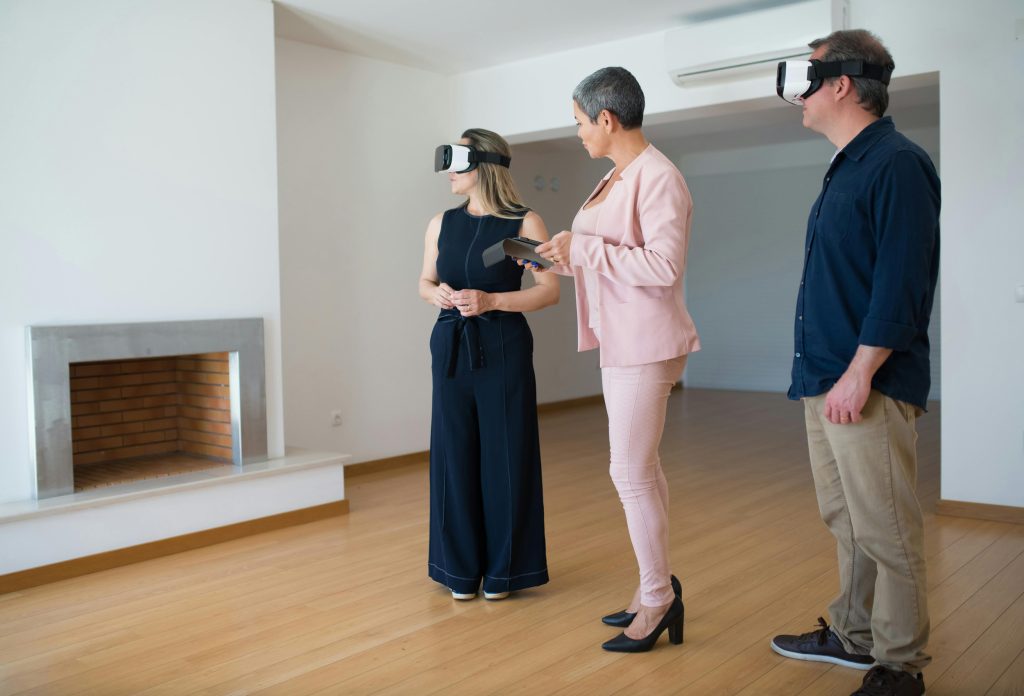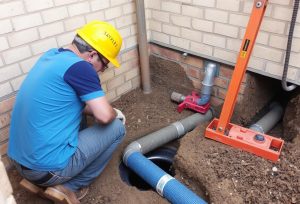
In an age where technology has transformed every aspect of our lives, the real estate industry is no exception. Virtual house tours have emerged as a game-changer for homebuyers, interior design enthusiasts, and real estate professionals. These online tours offer a multitude of benefits that traditional methods simply cannot match.
Convenience and Accessibility
One of the most significant advantages of virtual house tours is the convenience they offer. Homebuyers can explore properties from the comfort of their own homes, eliminating the need to travel to multiple locations. This is particularly beneficial for those with busy schedules or for buyers looking at properties in different cities or even countries. With just a few clicks, prospective buyers can get a comprehensive view of multiple properties without leaving their living room.
Time and Cost Savings
Virtual tours save both time and money. Traditional house hunting often involves visiting numerous properties, which can be both time-consuming and expensive. Virtual tours streamline this process by allowing buyers to narrow down their options before committing to physical visits. This not only reduces travel costs but also helps buyers make more informed decisions.
Enhanced Safety and Security
In today’s world, safety and security have become paramount considerations. Virtual house tours provide a safer alternative to physical visits, especially during health crises or when dealing with high-value properties. Buyers can inspect homes without exposing themselves to potential risks, while sellers can limit the number of people entering their property, ensuring a higher level of security.
Immersive Experience
Virtual tours offer a more immersive viewing experience compared to static images or video walkthroughs. Advanced technologies such as 3D tours and virtual reality provide a realistic sense of the property’s layout and design. Buyers can virtually “walk” through each room, gaining a better understanding of the space and how it may meet their needs. This immersive experience can be particularly valuable for interior design enthusiasts seeking inspiration for their own projects.
Broad Audience Reach
For real estate professionals, virtual tours are an invaluable tool for showcasing properties to a wider audience. These tours can be easily shared online, reaching potential buyers who might not have considered the property otherwise. This broader exposure can lead to quicker sales and higher interest in the property.
Challenges and Limitations
Despite the many benefits, virtual house tours also come with their own set of challenges. One of the primary limitations is the inability to provide a full sensory experience. While virtual tours allow for detailed visual inspection, they cannot convey the tactile feel of surfaces or the scent of the home. Additionally, not all demographics may find the technology accessible or user-friendly, which can limit its effectiveness.
There is also the potential for discrepancies between the virtual representation and the actual property. Factors such as lighting, camera angles, and image quality can sometimes create misleading impressions. Buyers may find that the property looks different in person than it did online, particularly concerning size perception or condition.
Virtual tours also struggle to convey the atmosphere of the neighbourhood or community. While they excel at showcasing the interior and exterior of the property, they cannot capture the local environment, which is often a crucial factor in the decision-making process.
Another challenge is the difficulty in conducting group viewings or discussing properties in real-time with others. Virtual tours are typically a solitary experience, which can make it challenging for couples, families, or friends to view properties together and share their thoughts immediately.
Lastly, for real estate professionals and homeowners, the initial setup costs for creating high-quality virtual tours can be substantial. Investing in the necessary technology and equipment, as well as hiring professionals to produce the tours, can be a significant financial commitment.
Conclusion
Virtual house tours are revolutionising the way we buy, sell, and experience properties. While they offer unparalleled convenience, cost savings, and safety, they are not without their limitations. However, as technology continues to advance, virtual tours are likely to become even more sophisticated and accessible, further enhancing their value in the real estate market.
For those interested in exploring the world of virtual house tours, it is essential to understand both their benefits and challenges. Whether you are a homebuyer looking for your dream home, an interior design enthusiast seeking inspiration, or a real estate professional aiming to showcase properties effectively, virtual tours offer a dynamic and innovative solution.







